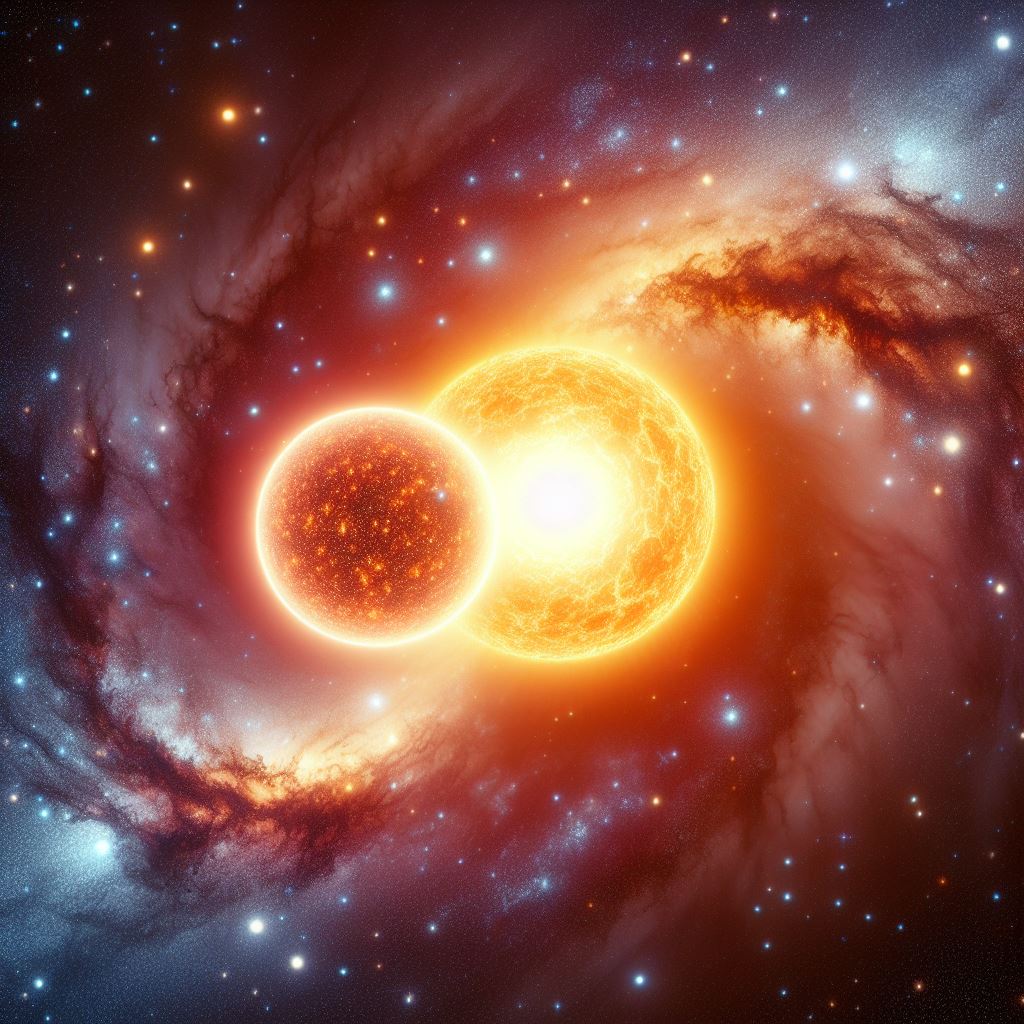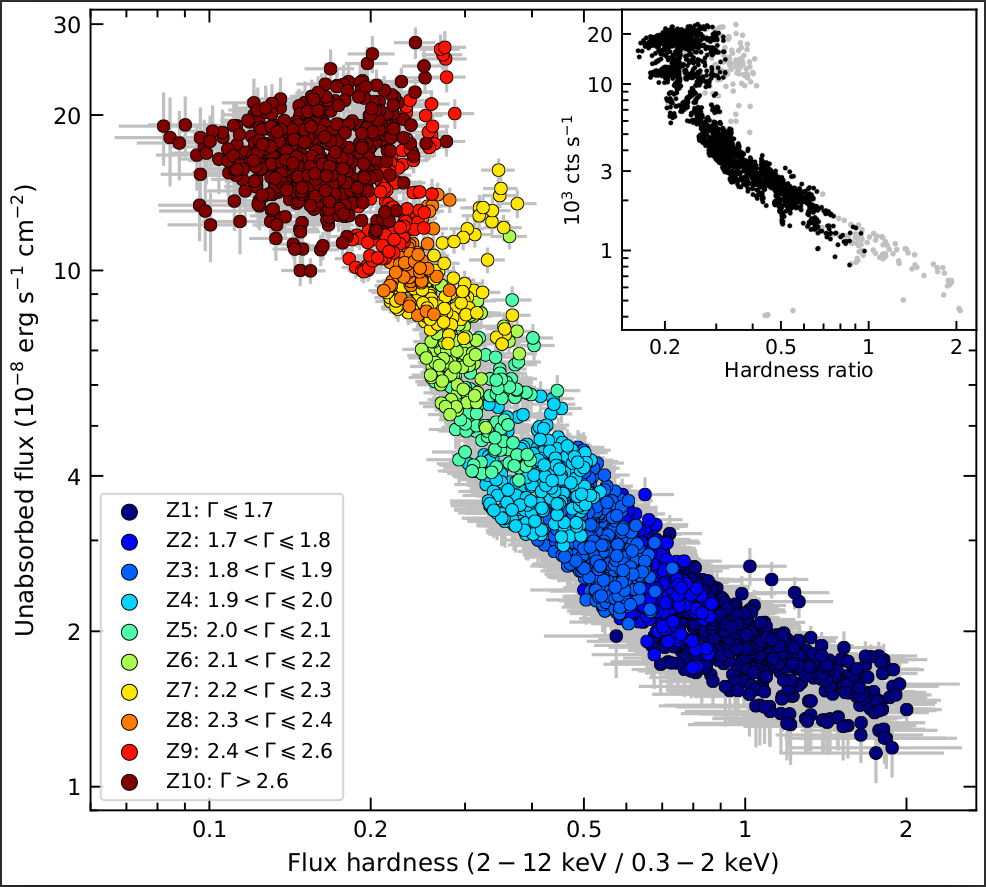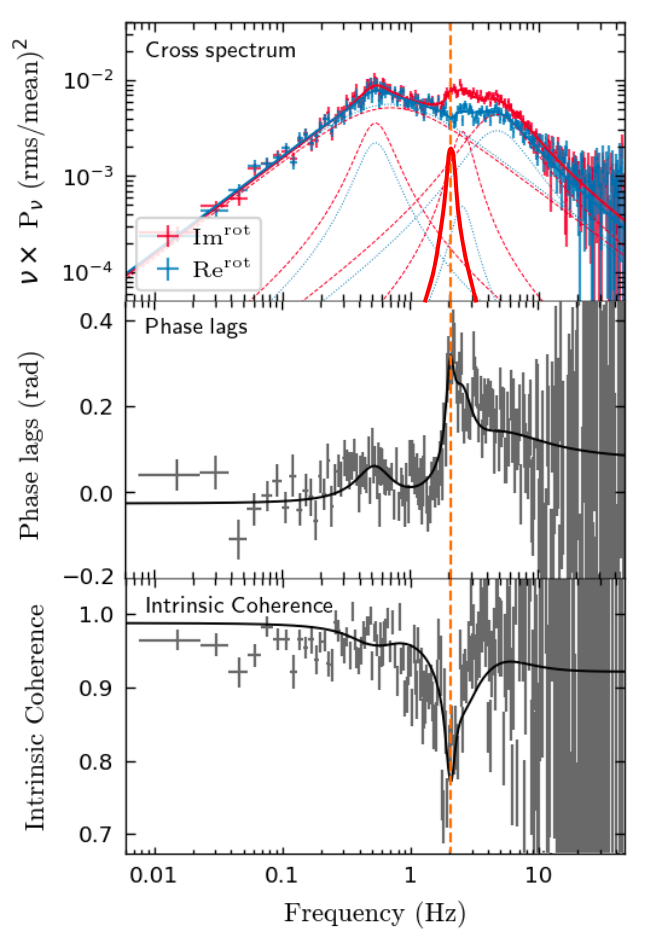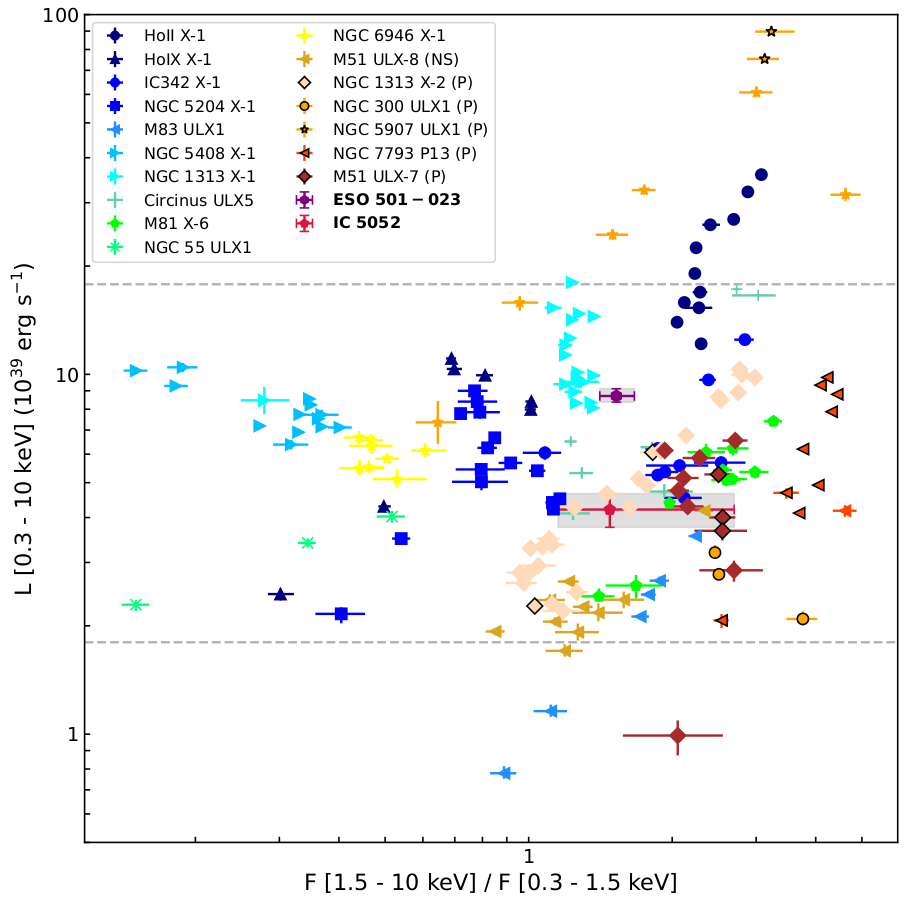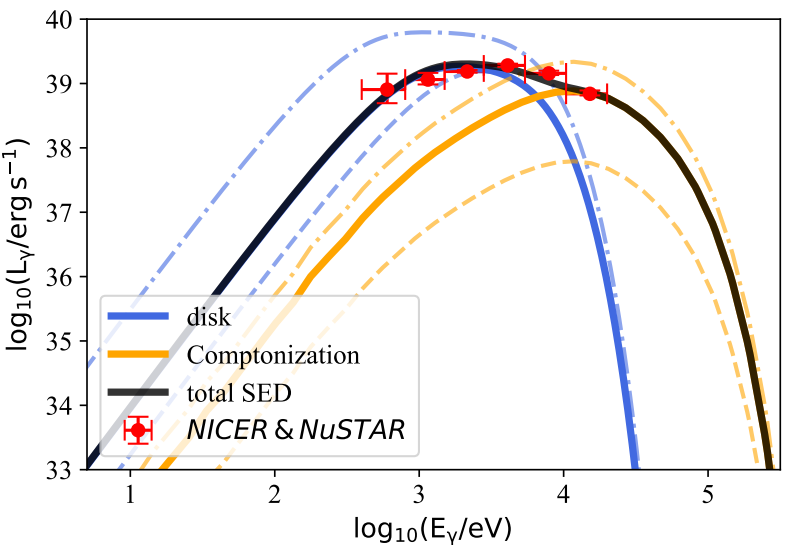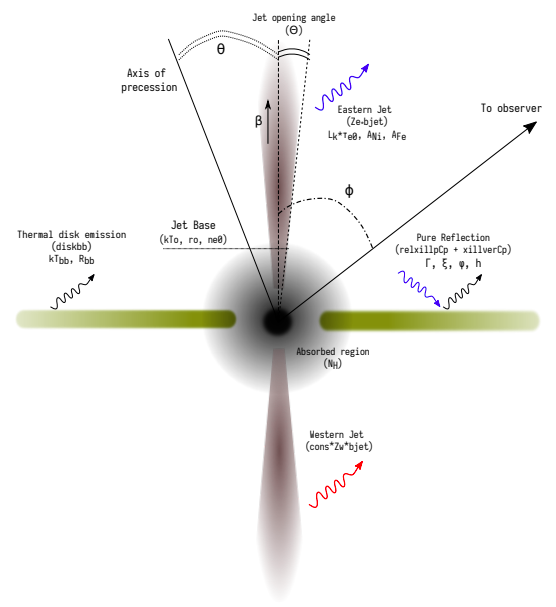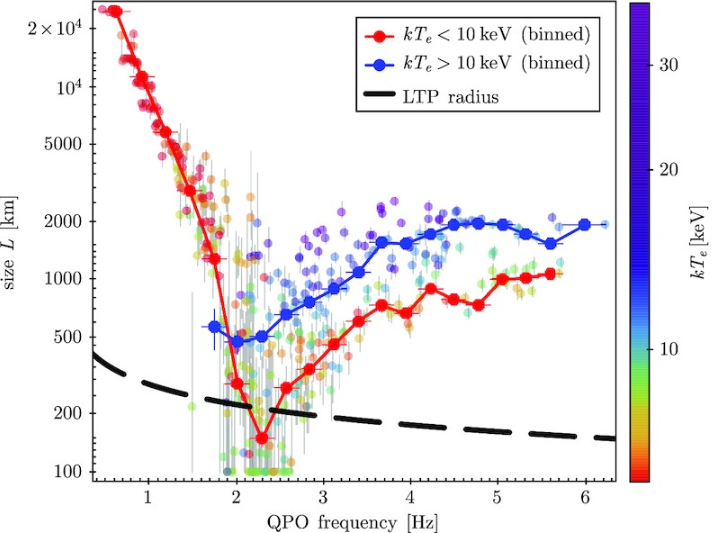RESEARCH TOPICS
X-ray binaries & compact objects
high-mass and low-mass X-ray binaries; catalogs; accretion/ejection; variability; spectral-timing; quasi-periodic oscillations; highly-absorbed systems; microquasars; pulsars; black holes.
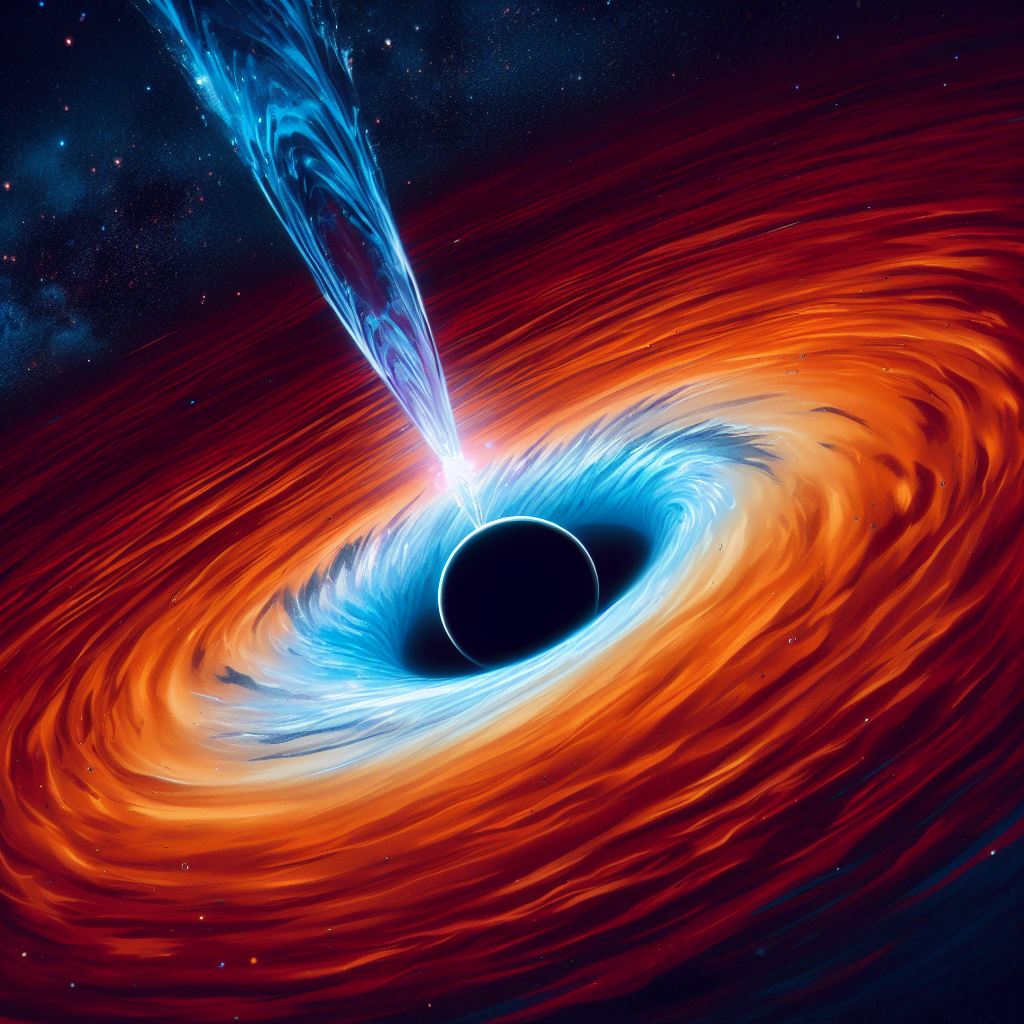
Supernova remnants
thermal emission; chemical abundances; shocks; particle-acceleration; synchrotron emission; radio continuum and gamma-ray emission.
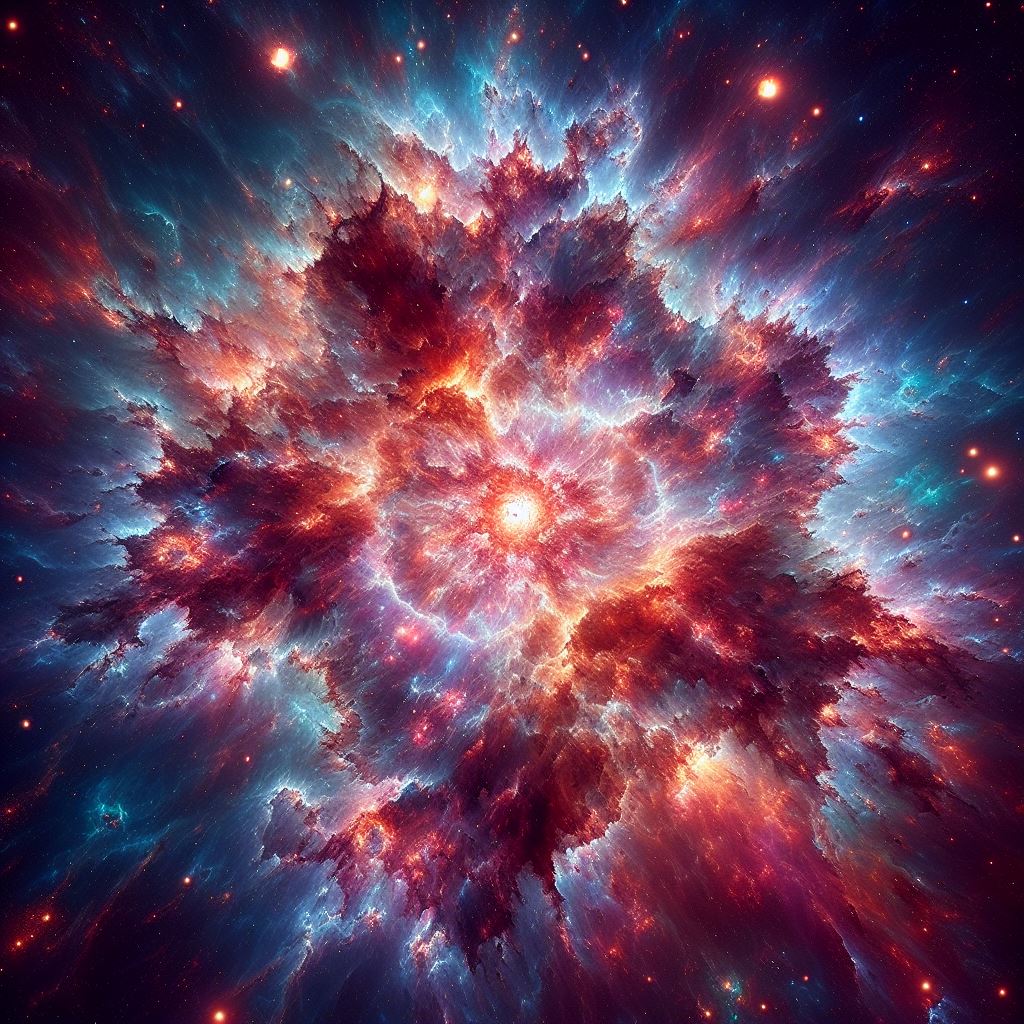
Binary Evolution
formation and evolution of high-mass X-ray binaries; connection to sgHMXBs and SFXTs; neutron-star kicks; binary compact-objects progenitors; gravitational wave coalesces.
